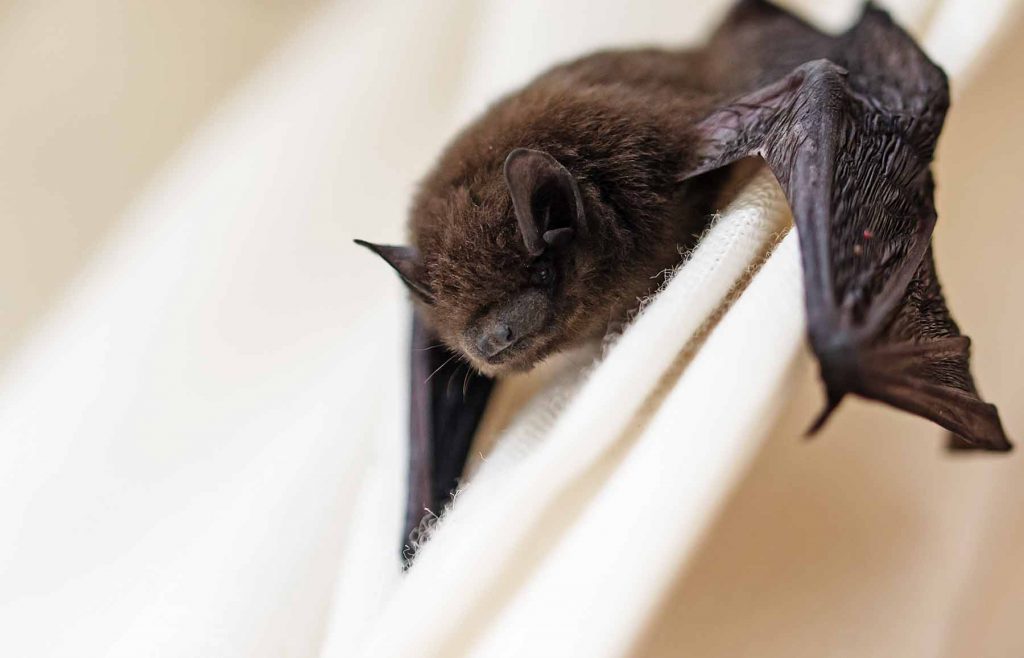When faced with the unwelcome presence of squirrels in your home, one question that may arise is whether your homeowners insurance will foot the bill for their removal. The answer to this query is not as straightforward as one might hope, as policies vary in coverage for wildlife-related damages. Understanding the nuances of what your policy includes and excludes concerning squirrel infestations is crucial for making informed decisions. Let's unravel the complexities of homeowners insurance and squirrel removal to shed light on this pertinent issue.
Key Takeaways
- Homeowners insurance may cover repairs from squirrel damage, but not pest control.
- Squirrel removal costs are often excluded; check policy details.
- Document damage thoroughly and contact your insurer for guidance.
- Take preventive measures to reduce the risk of future squirrel infestations.
Understanding Homeowners Insurance Coverage
Homeowners insurance coverage is a financial protection policy that safeguards homeowners against specified risks and damages to their property. When considering this type of insurance, it is essential to understand the coverage details and policy options available. Coverage details typically include protection against perils such as fire, theft, vandalism, and certain natural disasters. Additionally, homeowners insurance often extends liability coverage in case someone is injured on your property.
Policy options may vary depending on the insurance provider, but most homeowners can choose between actual cash value (ACV) or replacement cost coverage. ACV policies reimburse you for the value of your property at the time it was damaged, accounting for depreciation. On the other hand, replacement cost coverage offers reimbursement for the amount needed to replace or repair the damaged property at current market prices, without factoring in depreciation. Understanding these coverage details and policy options is crucial for homeowners looking to protect their investment and assets.
Squirrel Infestation: What's Covered?
Insurance policies typically provide coverage for damage caused by squirrel infestations in certain circumstances. When squirrels invade your home, causing damage to the structure or belongings, homeowners insurance may help cover the costs associated with repairs and replacements. However, it's essential to review your policy details as coverage can vary.
Pest control related to squirrel infestations is typically not covered by homeowners insurance. While the policy may help with repairing the damage caused by the squirrels, the actual removal of the pests is usually the homeowner's responsibility. It's crucial to take preventive measures to avoid future infestations and minimize the risk of wildlife damage.
If squirrels have caused damage to your property, such as chewing through wires or creating nests in your attic, your homeowners insurance may step in to help with the necessary repairs. Document the damage thoroughly and contact your insurance provider to understand what specific coverage is available for wildlife-related incidents.
Exclusions and Limitations to Consider
Consider carefully reviewing your policy to understand any exclusions and limitations related to squirrel infestations and potential coverage for damages. Insurance policies regarding homeowners' coverage for squirrel removal can vary significantly. Most standard homeowners' insurance policies do not cover the costs of removing squirrels or repairing any damage they cause to your property. Typically, insurance providers view squirrel infestations as a maintenance issue rather than a sudden and accidental event, making it the homeowner's responsibility to address.
When it comes to removal costs, coverage limitations are essential to consider. Insurance companies may not cover the expenses of hiring professionals to remove squirrels from your property. Additionally, any damages caused by squirrels, such as chewing through electrical wiring or insulation, may not be covered under a standard policy. It's crucial to check if your insurance policy includes any specific endorsements or add-ons that provide coverage for wildlife-related damages. Understanding these exclusions and limitations can help you make informed decisions about how to handle squirrel infestations and their potential consequences on your property.
Steps to Take for Squirrel Removal
To effectively address a squirrel infestation on your property, it is essential to take strategic steps for humane and efficient removal. Squirrel trapping is a commonly used method for wildlife control. When setting traps, it's crucial to place them in areas where squirrels are active, such as near trees or on rooflines where they may be entering the property. It's important to check traps regularly to ensure any captured squirrels are safely and promptly relocated to a suitable habitat.
In addition to trapping, sealing off entry points is vital to prevent further intrusions. Inspect your property for any gaps or openings that squirrels could use to gain access and make sure to seal them off securely. This step is crucial in conjunction with removal to prevent future infestations.
If the squirrel infestation is severe or persistent, it may be wise to seek professional help from wildlife control experts. They have the knowledge and experience to handle squirrel removal efficiently and effectively while ensuring the humane treatment of these animals. By taking these steps, you can address squirrel infestations on your property in a responsible manner.
Tips for Preventing Future Infestations
To minimize the risk of future squirrel infestations, thorough property maintenance is essential. Squirrel prevention starts with sealing off any entry points in your home. Inspect your property for any gaps or openings in the roof, walls, or foundation that squirrels could use to enter. Trim tree branches that are close to your house, as squirrels can use them as a bridge to access your attic or roof. Keep your yard clean and free of debris that could attract squirrels looking for nesting materials or food. Store firewood away from your home and trim any overgrown vegetation to reduce hiding spots for squirrels. Regularly inspect your attic and crawl spaces for signs of squirrel activity, such as chewed wires or droppings. By proactively addressing these infestation risks, you can help prevent future squirrel problems and protect your home from damage.
